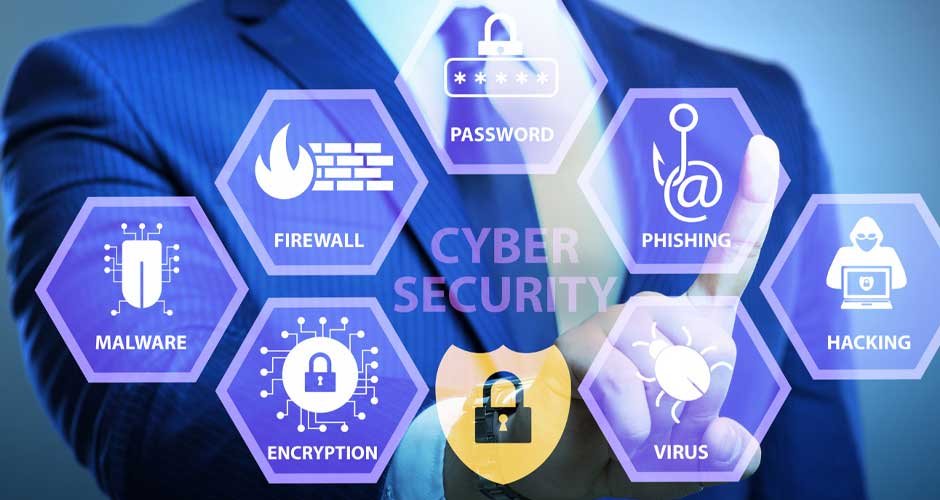Cybersecurity has become a paramount concern for organizations worldwide in today’s digital age. The increasing reliance on technology and interconnected systems has made businesses vulnerable to cyber threats. This emphasizes the need for robust security measures.
Staying current with the latest cybersecurity trends is essential to effectively protect sensitive data, maintain business continuity, and safeguard against evolving threats. However, cybersecurity trends go beyond mere proactive measures and directly impact incident response capabilities.
By harnessing cybersecurity trends and statistics, organizations can enhance their incident response strategies, minimizing the impact of cyber incidents and ensuring a swift and effective response. Here is a step-by-step playbook on how to use trends for incident response:
- Understanding The Current Cybersecurity Posture
The first step in enhancing incident response through cybersecurity trends is thoroughly understanding the organization’s current cybersecurity posture. This involves comprehensively evaluating existing security measures, policies, and practices.
Organizations can leverage security assessments, penetration testing, and vulnerability scans to identify weaknesses, potential attack vectors, and gaps in their defenses. By conducting this assessment, organizations can establish a solid foundation for incorporating relevant cybersecurity trends into their incident response strategy.
During this step, it is essential to identify and document the organization’s physical and digital assets and their associated vulnerabilities. This includes analyzing network infrastructure, software systems, data storage, and access control mechanisms. Efforts can be prioritized and resources effectively allocated by understanding an organization’s assets and vulnerabilities.
- Identifying Applicable Cybersecurity Trends
Once the current cybersecurity posture is assessed, organizations should identify and evaluate the cybersecurity trends most applicable to their needs and risk profile. This step involves conducting research, consulting industry reports, and engaging with cybersecurity experts to identify emerging trends that address the organization’s vulnerabilities and align with its strategic goals.
For example, organizations might consider trends such as artificial intelligence and machine learning in threat detection, cloud security solutions for protecting cloud-based assets, or zero trust architecture for implementing granular access controls. Organizations can customize their incident response strategy by effectively selecting the most relevant trends to counter current and future threats. Third party risks management is also one of up and coming trends.
- Implementing Selected Trends
After identifying the relevant cybersecurity trends, organizations should integrate them into their existing incident response plan. This step requires carefully reviewing the plan’s policies, procedures, and technical controls to incorporate the selected trends. It may involve updating the incident categorization, response workflows, communication channels, and incident documentation practices.
For example, if the selected trend is cloud security, the incident response plan should include specific procedures to address incidents involving cloud infrastructure or services. This could involve defining roles and responsibilities for incident response in the cloud environment, establishing incident detection and containment processes, and ensuring proper access controls and monitoring mechanisms are in place.

- Training The Organization
Comprehensive training for all personnel is required to implement the updated incident response plan. Training programs should be designed to familiarize employees with the new technologies, processes, and methodologies introduced through the selected cybersecurity trends.
This includes training on using AI-powered threat detection tools, understanding cloud security controls, or adopting the principles of zero trust architecture. Organizations can enhance their incident response capabilities and facilitate a coordinated response to cyber incidents by ensuring that employees possess the necessary knowledge and skills.
- Testing And Iterating The Updated Plan
Organizations should conduct regular testing and simulations to validate the updated incident response plan’s effectiveness. These exercises help identify gaps, weaknesses, or areas requiring further improvement. By simulating real-world scenarios, organizations can evaluate the plan’s effectiveness in detecting, containing, and resolving cyber incidents.
Lessons learned from these tests should be incorporated into the plan through iterative refinements, ensuring that the incident response strategy remains up-to-date and capable of addressing evolving threats effectively.
Testing and iterating the plan also provides an opportunity to train employees on the practical application of the updated incident response procedures and identify any training gaps that need to be addressed.
- Continual Monitoring And Adapting
Cybersecurity is a dynamic field, with new threats and trends emerging regularly. Organizations must continually monitor the cybersecurity landscape and adapt their strategies to maintain an effective incident response capability. This involves staying updated with the latest trends, threat intelligence reports, and industry best practices.
By remaining vigilant and proactive in identifying emerging cybersecurity trends, organizations can make informed decisions. This allows them to integrate new measures into their incident response plan and ensure their defenses stay ahead of potential threats
Continual monitoring also allows organizations to stay informed about new vulnerabilities, attack techniques, and security solutions that can further enhance their incident response capabilities.
Conclusion
Organizations can effectively incorporate cybersecurity trends into their incident response strategies by following this step-by-step playbook. This approach enables organizations to enhance their security posture, respond swiftly and effectively to cyber incidents, and mitigate potential damages caused by evolving threats.
A proactive and adaptive incident response capability is crucial in today’s cybersecurity landscape. Responding quickly and effectively is essential for maintaining business continuity and protecting critical assets.






